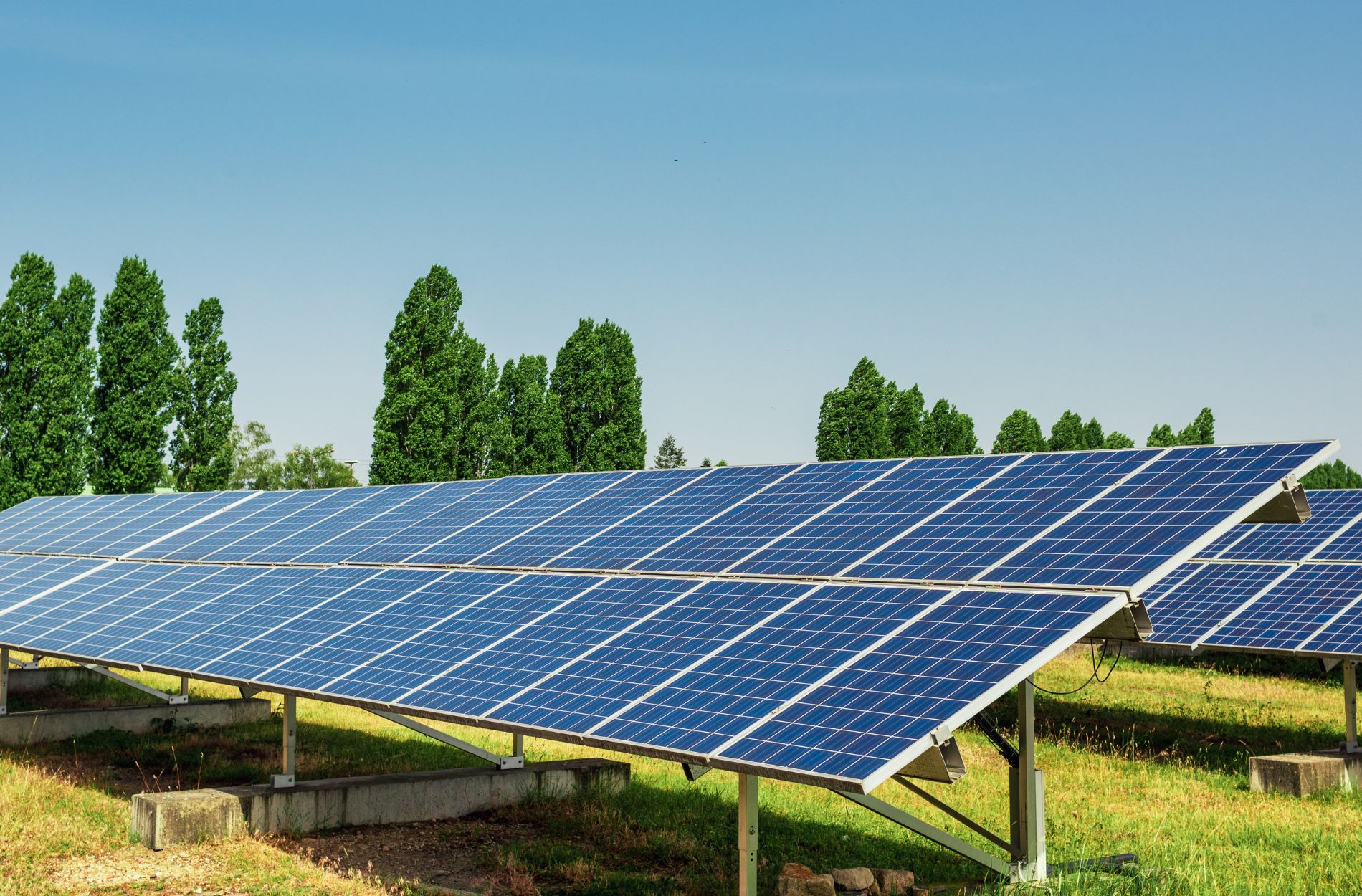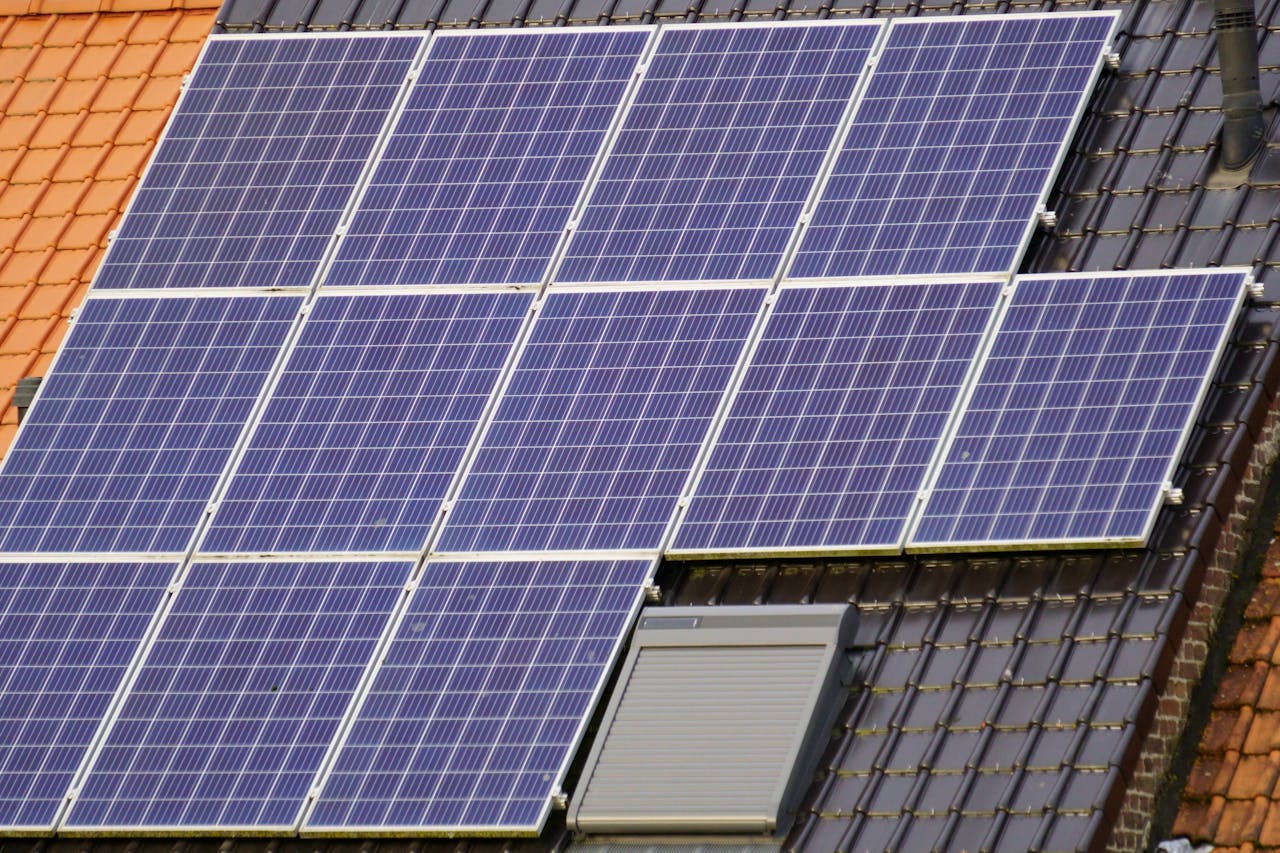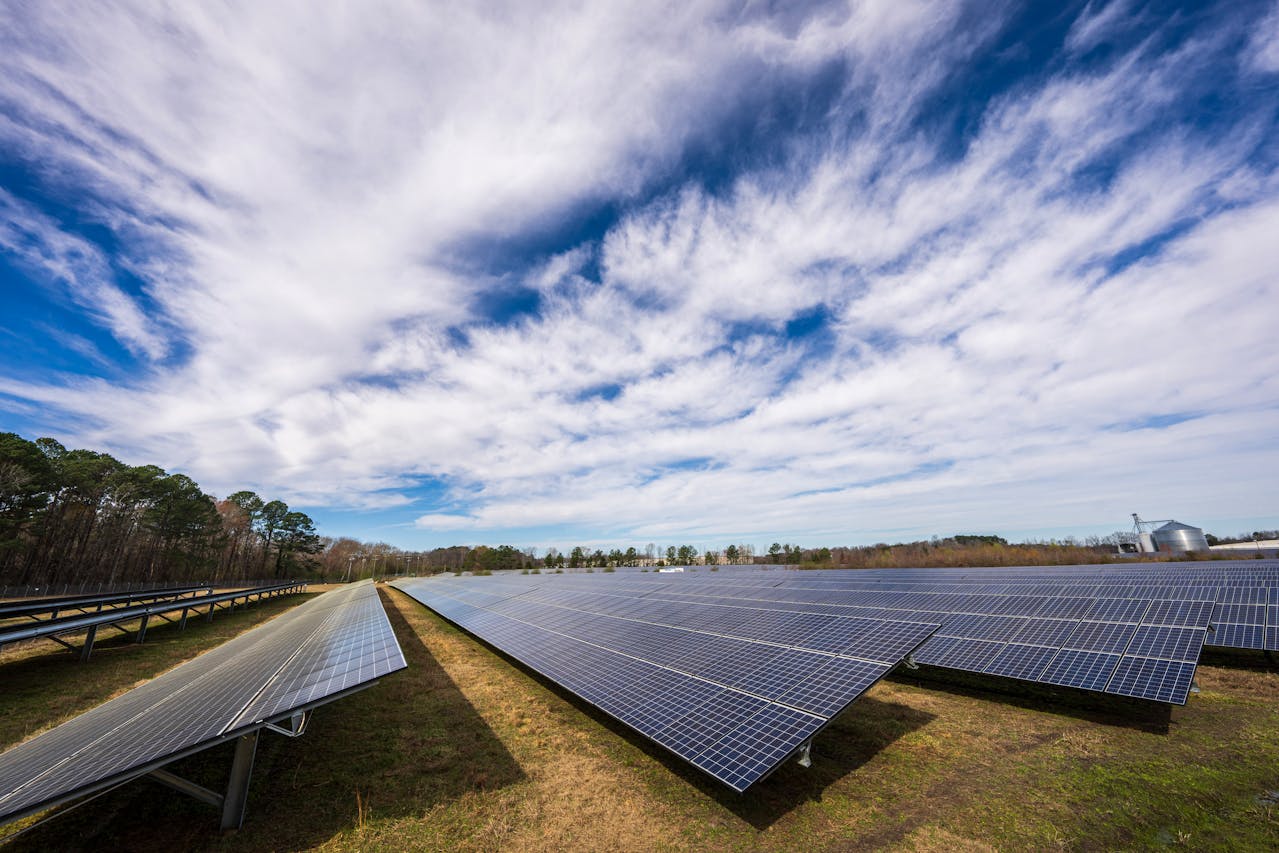Are you tired of high electric bills? Solar panels could be the solution you’ve been looking for. By turning sunlight into electricity, solar panels can help you reduce or even eliminate your monthly energy costs. This year, more homeowners and businesses are considering solar energy not only to save money but also to embrace a sustainable lifestyle. In this article, we’ll dive into how solar panels work, the savings you can expect, available incentives, and how to calculate your return on investment.
Understanding How Solar Panels Work
Solar panels use a technology called photovoltaic (PV) cells to turn sunlight into electricity. These cells are made from materials that create an electric field when exposed to sunlight. The most common material used in PV cells is silicon. When the sunlight hits the silicon cells, it causes the electrons in the material to move, creating an electric current.
This process is simple but powerful. First, the solar panels, usually placed on the roof of a building, capture sunlight. The sunlight is then converted into direct current (DC) electricity by the PV cells. Since most homes and businesses in the United States use alternating current (AC) electricity, the DC electricity from the solar panels needs to be converted. This is done by a device called an inverter, which changes the DC electricity into AC electricity that can be used to power your appliances and lights.
Savings on Your Electric Bill
Using solar panels can lead to significant savings on your electric bill. How much you save depends on a few different factors. The amount of sunlight your location receives is one of the biggest factors. If you live in a sunny area, you have more potential to generate electricity from your solar panels. Houston, where Starlight Solar is based, gets plenty of sunlight, making it an ideal place for solar energy.
The size of your solar panel system also affects your savings. A larger system can generate more electricity, which can lead to bigger savings. Your current energy consumption plays a role, too. If you use a lot of electricity, switching to solar can reduce your demand on the utility grid, resulting in lower bills.
Additional savings can come from selling excess electricity back to the grid. If your solar panels produce more electricity than you use, you can often sell this extra power to your utility company. This process, known as net metering, can further reduce your electric costs by giving you credits on your bill.
Incentives and Rebates for Solar Installation
Federal and state incentives make solar installation more affordable. The federal government offers the Investment Tax Credit (ITC), which allows you to deduct a significant portion of your solar installation costs from your federal taxes. The ITC remains at a generous rate, making it a valuable financial benefit for solar system owners.
In addition to federal incentives, many states also offer their own programs to encourage solar energy adoption. Texas, for example, has various state-level incentives, including property tax exemptions for the added value that solar panels bring to your home, and sometimes, cash rebates that can further reduce the initial cost.
Accessing local rebates and discounts can significantly lower your investment in solar panels. Many local utility companies offer programs to promote renewable energy, providing rebates to offset installation costs. It’s important to research and apply for these opportunities as they can save you a substantial amount of money.
Calculating Return on Investment (ROI)
Calculating the return on investment (ROI) for solar panels involves comparing the initial installation costs to the long-term savings. The initial cost includes the price of the panels, installation fees, and any necessary equipment like inverters and batteries. While this upfront cost can be considerable, incentives and rebates reduce the financial burden.
Long-term savings come from lower electric bills. Over time, the amount saved on energy costs can surpass the initial investment. To calculate the payback period, divide the total installation cost by the annual savings on your electric bill. For example, if you spend $15,000 on installation and save $1,500 each year, your payback period is ten years. After this period, any additional savings contribute directly to your ROI.
Conclusion
Investing in solar panels can significantly lower your electric bill and offer numerous benefits. From understanding how the technology works and reaping the savings to taking advantage of available incentives and calculating a strong ROI, there are clear advantages to making the switch to solar energy.
Do your research and consider all the factors, and you’ll find that solar panels in Texas can be a wise financial decision. If you’re ready to reduce your electric bill and embrace renewable energy, reach out to us at Starlight Solar today. Our experienced team can guide you through the process, ensuring you get the most out of your solar investment.






